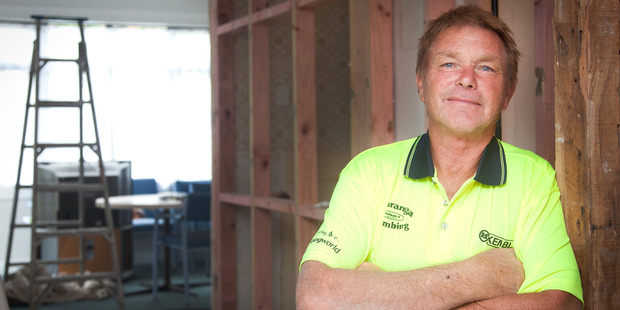
Every unemployed person has a story, and they need the Premier’s help. Photo: Gabriele Charotte
Revelations that 41,000 people applied for 1250 jobs in one big federal government department shows a hint of the heartache unemployment is now causing in the wider community.
And it’s the issue that Annastacia Palaszczuk in Queensland and Tony Abbott in Canberra should be most worried about.
Their ability to turn it around should also be the yardstick by which we measure their success.
The state’s seasonally adjusted jobless rate now sits at 6.6 per cent. In percentage terms, it might not sound much – but it equates to 164,000 Queenslanders.
That is 164,000 people in this state who are both unemployed and actively looking for work.
And here’s the rub. It does NOT include those who have given up looking for a job. Nor does it include those who have been able to nab one or two hours a week.
Indeed, that latter group is considered “employed”.
Nationally it’s a similar story, with 768,600 people unemployed and actively looking for work.
And if that’s not a genuine cause for alarm for our political leaders, they will never understand the lives of their voting masters.
Numbers can often hide the hardship that lurks behind them. A father who loses his job means his child is withdrawn from tennis lessons.
A mother who can’t find work can mean the family defaults on a mortgage.
A teenager, who spends months searching for a job, can give up and fall into an unemployment black hole, that is now not measured at all.
A university graduate who cannot find a job as a teacher might follow the same course, or choose another path. Either way, their learning is lost to those classes they would front in other circumstances.
Those stories are playing out each day in the community without making headlines, and that makes them easy stories to ignore.
But each job loss causes a ripple beyond one family, putting a strain on relationships, networks and charities.
And it makes a mockery of those calls for us all to work until old age steals our last breath.
How many companies are genuinely committed to employing someone over 50, despite a resume packed with experience? Hardly any.
How many of those workers laid off in recent years, after years or even decades of loyal service, have the confidence to apply for a job? Not as many as you might think.
What happens when the applicant, despite their best effort, gets their 16th knock back? Ask a welfare agency.
That’s the social impact behind our jobless rate, and it’s an impact that always builds silently, until it explodes as a voter revolt at the poll, or as a welfare crisis, which costs enormous amounts of taxpayer money.
Annastacia Palaszczuk marked job creation as her government’s number one priority ahead of the January election.
She avoided targets, like her predecessor, choosing to announce that a Cabinet subcommittee would be charged with leading a local jobs boost.
That could be an important first step, but we need to hear the “jobs, jobs, jobs” mantra that filled her campaign speeches before the election more now she’s in charge.
This time, it’s Annastacia Palaszczuk’s job that depends on it.
Source: The Brisbane Times














